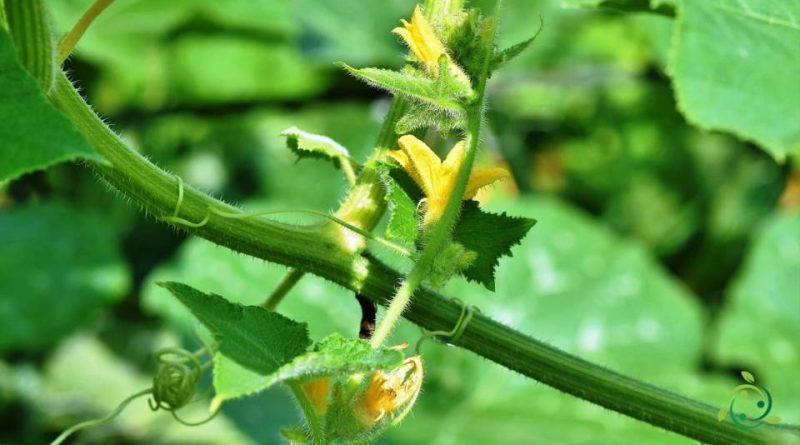Photoperiodism
Photoperiodism
In biology, the term photoperiodism refers to the complex animal or plant mechanism linked to the variation of the light / dark ratio in the daily cycle of 24 hours.
Photoperiodism refers to the reactions that organisms present at the daily and seasonal environmental rhythm of the periods of light (photophase) and darkness (scotophase).
Photoperiodism has a significant influence on the biology of living beings as it determines the morphology, physiology, ethology and ecology of living beings.
We remind you that photoperiodisms is also an adaptation to the hours of light present at the various terrestrial latitudes between sunrise and sunset which varies, in different places, according to the time of year and latitude:
– at the latitude of 0 ° (equator) it is always 12 hours;
– at a latitude of 15 ° it varies from 11 to 13 hours;
– at a latitude of 30 ° it varies from 10 to 14 hours;
– at a latitude of 45 ° it varies from 9 to 15 hours;
– at a latitude of 60 ° it varies from 6 to 18 hours.
The photoperiodism in plants, which was discovered in 1920, determines, in particular, the flowering period, in fact if these are not subjected to a precise series of hours of light and dark, they do not bloom; for this reason they are distinguished:
– long-day or long-day plants, which bloom when the lighting period exceeds a certain minimum daily threshold (oats, alfalfa, broad beans, wheat, flax, barley, rye, potato, pea);
– short-day or short-day plants, which bloom when the lighting period does not exceed a certain maximum daily threshold (peanut, hemp, cotton, corn, rice, tobacco);
– indifferent or neutral plants, which bloom regardless of the length of the lighting period.
In general, the plants that have evolved up to 30 ° latitude are short-day, while those of the higher latitudes are long-lived. Sunflower tobacco, rice, corn, pea and tomato are neutral by day.
Photoperiodism is also of considerable importance in the zoological field. For this reason, as the cold approaches, many animals begin to undergo physiological adaptations necessary for their winter survival.

